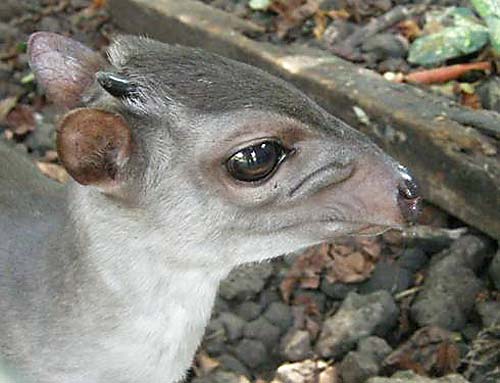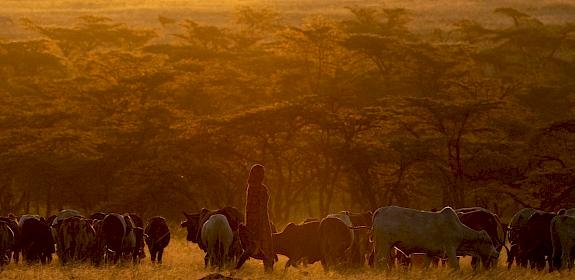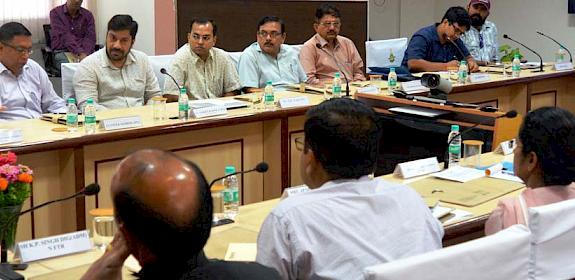Experts meet to find solutions to global “bushmeat crisis”
Nairobi, Kenya, 7th June 2011—This week 20 governments, representatives of indigenous and local communities, and experts of international conservation and development organizations from Africa, Asia, America and Europe are meeting in Nairobi to find solutions to what is widely regarded as one of the world’s greatest current biodiversity crisis—the over-exploitation of wild meat, also known as “bushmeat” for food.

The harvesting of wild terrestrial animals for meat has long been a vital source of food for indigenous and local communities, providing up to 80 per cent of the protein in rural diets in some tropical and subtropical developing countries in Africa, Asia and the Americas.
However, the rapid growth of domestic, regional and international commercial markets for bushmeat has become the most significant driver of unsustainable and often illegal hunting of wild animals in some parts of the world, thereby threatening both biodiversity and the food source that many people depend upon.
In Central Africa alone, it is estimated that over one million tonnes of bushmeat are consumed each year, increasingly so in urban areas.
Now, for the first time ever, the Secretariats of the Convention on Biological Diversity (CBD) and the Convention on International Trade in Endangered Species of Wild Fauna and Flora (CITES) have convened a joint experts meeting to address the “bushmeat crisis”.
Participants will be sharing experiences on practical local solutions to the problem, and will be addressing a number of other issues including:
- Sustainable use and livelihood improvements;
- Legislation, enforcement and monitoring;
- Capacity development and awareness-raising
Roland Melisch, TRAFFIC’s Senior Director for Africa and Europe speaking from Nairobi, said: “There is no single solution to the global bushmeat crisis, and in times of scarce financial resources available for conservation, governments and rural communities must determine where best to invest their resources to be most effective in combatting over-exploitation.”
“Only through close monitoring of the bushmeat trade can the sustainability of wild meat supplies, which so many people rely upon for food, be secured.”
Outcomes of the Nairobi meeting will be used to inform discussions at a forthcoming meeting of the CITES Standing Committee in August this year, as well as a November meeting of the CBD’s Subsidiary Body on Scientific, Technical and Technological Advice (SBSTTA).
More information on the joint CBD/CITES Bushmeat Meeting



